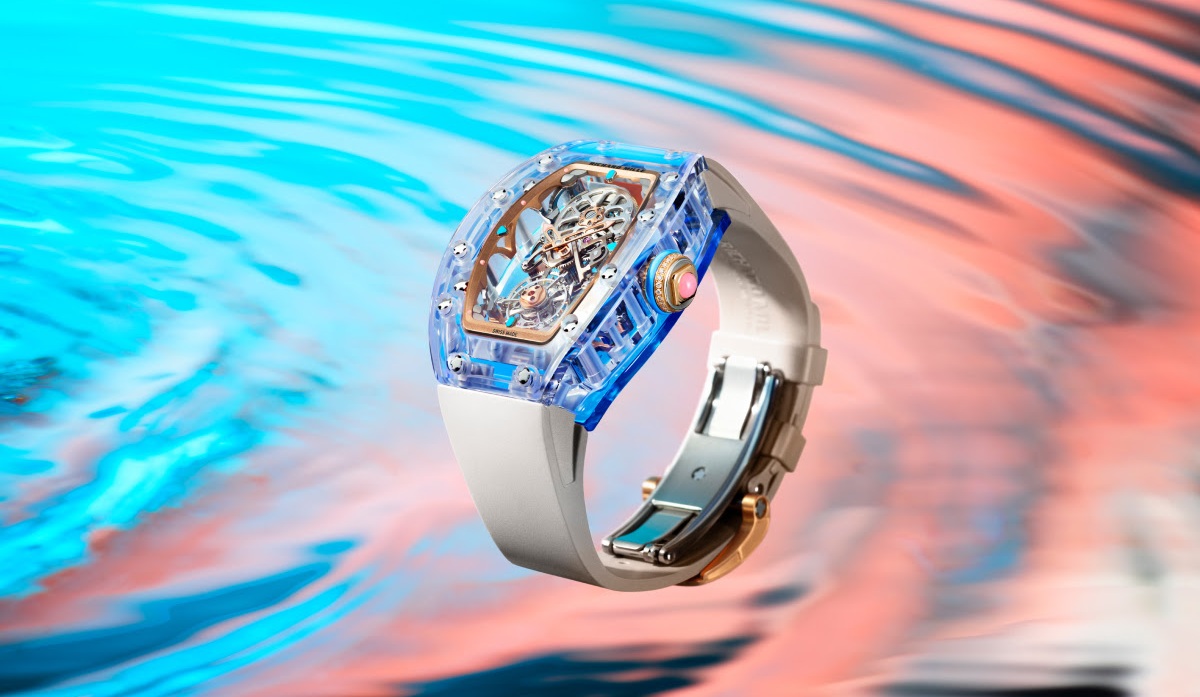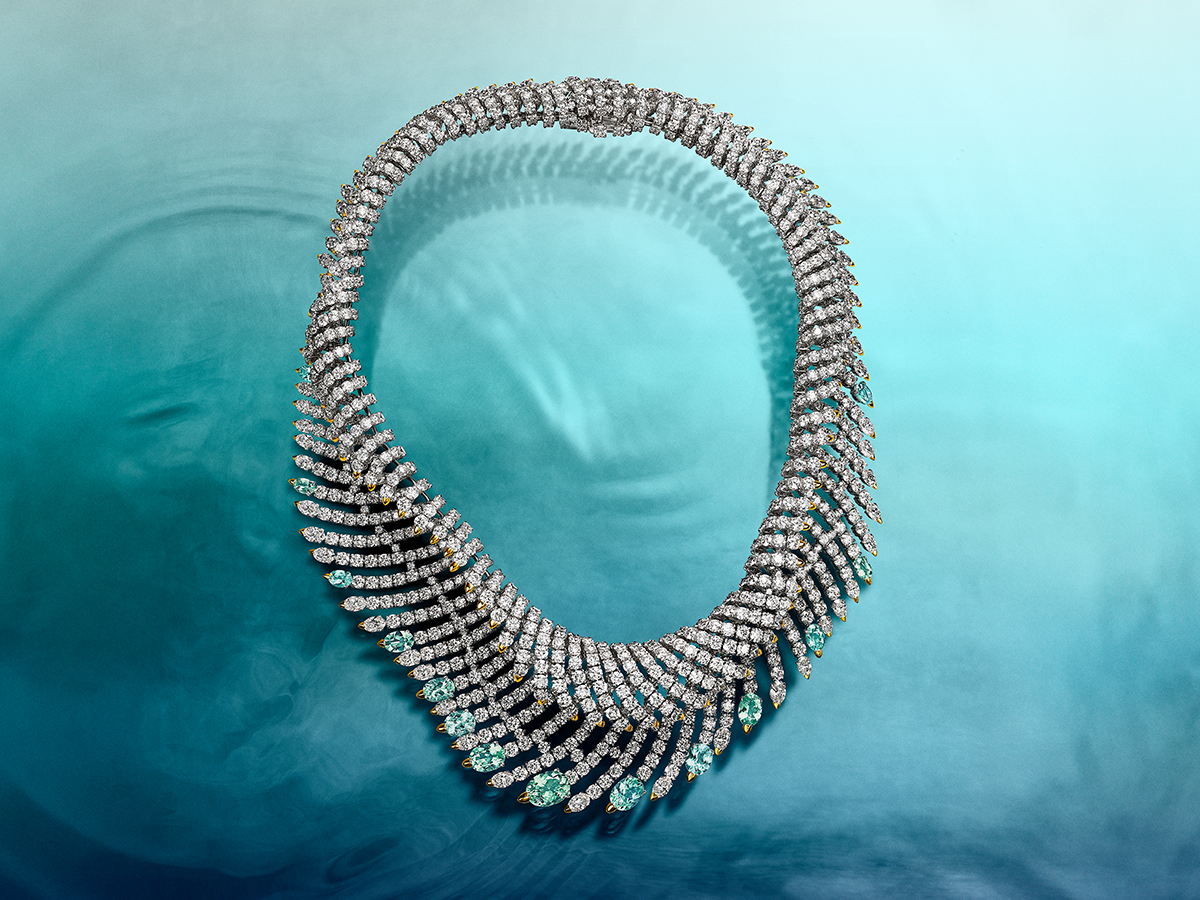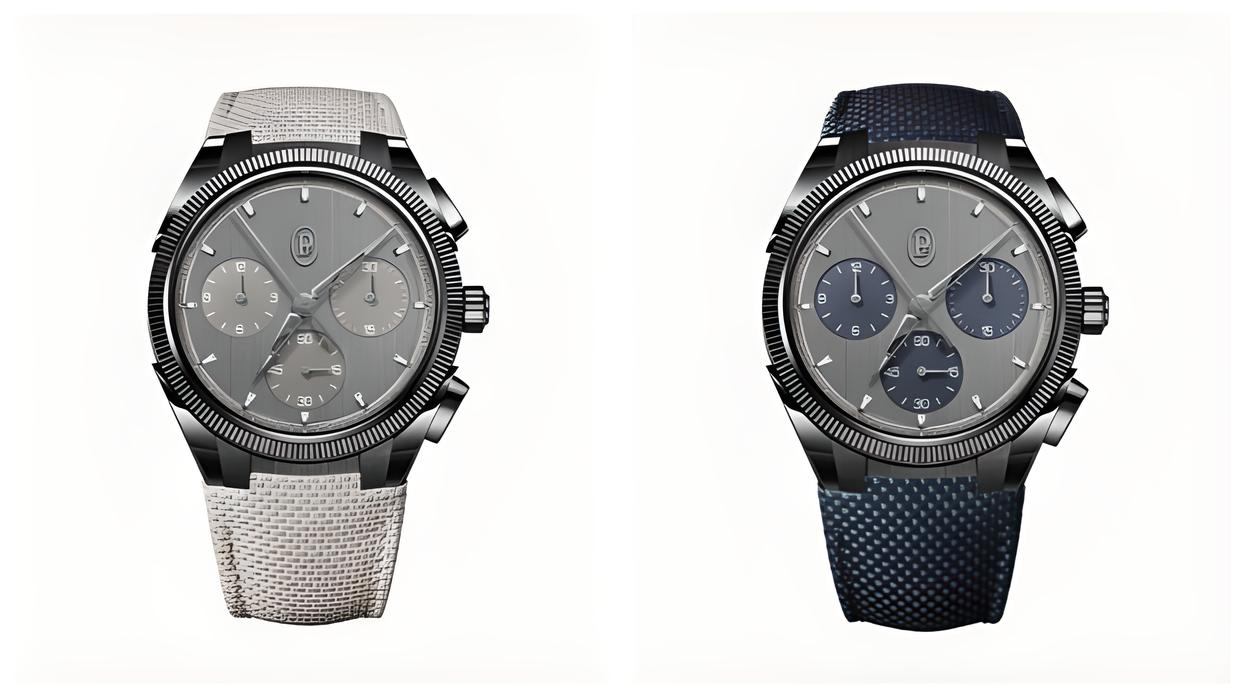
Breitling Debuts Navitimer Rattrapante Chronograph
Piloting forwards its legacy of innovation, Swiss watchmaker Breitling introduced the new Navitimer Rattrapante. The piece features the label’s inaugural in-house made, split-second chronograph movement. Having debuted at Baselworld 2017, the watch houses the novel Breitling Caliber B03, a mechanical chronograph movement certified by Contrôle Officiel Suisse des Chronomètres (COSC).
The movement powers two superimposed central chronograph hands that chart the split-second chronograph, composed of only 28 parts. To measure an intermediate time, one of the hands is halted (the other is left running) and then released to “catch up” (or rattraper in French, from where the watch’s name derives).
While intuitive at first glance, this is one of the hardest complications for watchmakers to master as it requires a fine adjustment of the watch’s energy levels. To align the variations in energy requirements that would otherwise result from the stopping and starting of the split-second hand Breitling has come up with two innovations that are under a request for patents.
One is a stamped part that has replaced the cylindrical pin that usually drives the split-second lever in order to enhance sturdiness and isolate the hand from the 70-hour power reserve and time precision. The other is an O-ring seal that surrounds the hand’s stopping wheel. It both simplifies the mechanism and improves its accuracy.
These breakthroughs draw on as well as exemplify Breitling’s past of groundbreaking achievements. One of the pioneers of chronograph manufacturing, the brand invented the first independent pusher at 2 o’clock in 1915, followed by the second one in 1934. A decade late came the famed 1944 Duograph, a highly valued split-second collectible, which could be considered the predecessor of the new Navitimer Rattrapante.
Apart from its stunning split-second movement, the novelty stands out with a 45mm case in steel or red gold, which makes a limited 250-piece edition. Housed inside is the bronze-hued dial, which provides contrast for the silver-colored hands, counters, and inner bezel. Referencing the classic look of the Navitimer collection, this latest addition flaunts the anchored and winged B logo at 12 o’clock, where it is framed by the two split-second hands. The gold variant is mounted on a black rubber strap, while the steel one resides on brown crocodile leather.
 SIGN UP
SIGN UP














